Understanding Underarm Discoloration
Dark underarms can be a source of self-consciousness for many individuals. The discoloration, often referred to as hyperpigmentation, can be caused by a variety of factors. Understanding the root causes is the first step towards finding effective solutions and achieving brighter, more even-toned underarms. It’s important to differentiate between temporary darkening, which might be caused by recent shaving, and chronic discoloration, which may require a more comprehensive approach. The underarm area is particularly susceptible to darkening due to its sensitivity and the frequent use of products like deodorants and antiperspirants, which can exacerbate the problem. Identifying the specific cause is key to selecting the right treatment, be it a simple remedy or a more complex skincare routine.
Common Causes of Dark Underarms
Several factors contribute to underarm discoloration. Identifying these triggers can help in prevention and treatment. These factors often work in combination, making it essential to consider a holistic approach to underarm care. Addressing these issues directly can improve skin tone and reduce the appearance of dark patches, restoring confidence and comfort. Proper hygiene and product selection are vital in reducing the effects of these causes, helping you maintain healthy and bright underarms.
Shaving and Hair Removal
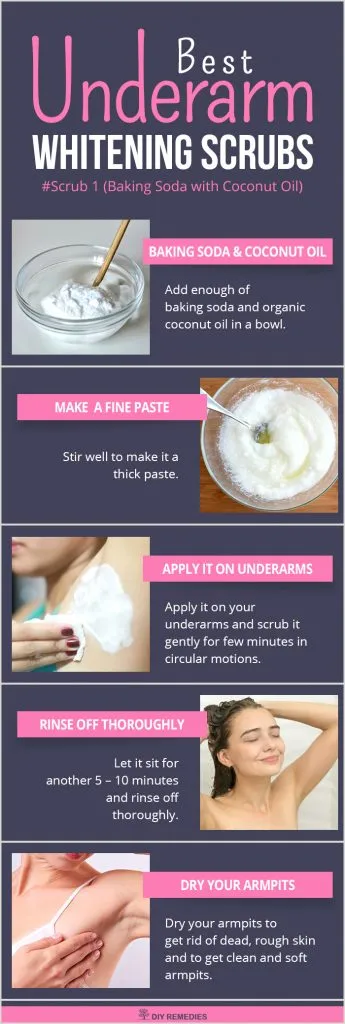
Shaving is a common hair removal method, but it can lead to irritation and inflammation, both of which can trigger hyperpigmentation. Repeatedly dragging a razor across the skin can cause micro-tears, and the subsequent inflammation stimulates melanin production. Ingrown hairs, often a result of shaving, can also contribute to discoloration as the body reacts to the trapped hair. Furthermore, shaving can thicken the skin in the underarm area, making it appear darker. The use of dull razors and shaving without proper lubrication further aggravates the issue, increasing the likelihood of skin damage and discoloration. To mitigate these effects, it’s recommended to use a sharp razor, shave in the direction of hair growth, and apply a moisturizing shaving cream or gel.
Deodorant and Antiperspirant Use
Certain ingredients in deodorants and antiperspirants can irritate sensitive underarm skin. These products often contain alcohol, fragrances, and chemicals that can cause contact dermatitis, leading to inflammation and discoloration. Aluminum-based antiperspirants, in particular, have been linked to irritation in some individuals. Allergic reactions to these products can also manifest as darkened patches. Regular application of such products in a confined area can exacerbate the problem. Choosing hypoallergenic and fragrance-free options can reduce the risk of irritation, and looking for products with skin-soothing ingredients can significantly improve underarm health and appearance. Reading product labels carefully and testing new products on a small area of skin can help prevent adverse reactions.
Skin Conditions and Hyperpigmentation
Underlying skin conditions, such as Acanthosis nigricans, can cause dark, velvety patches in the underarms and other skin folds. This condition is often associated with insulin resistance, obesity, and hormonal imbalances. Other skin conditions like eczema and psoriasis can also lead to inflammation and subsequent hyperpigmentation. Post-inflammatory hyperpigmentation (PIH) is a common result of any skin injury or inflammation, leaving behind darkened areas after the initial issue resolves. Genetics can also play a role, as some individuals are more prone to hyperpigmentation. Addressing the root cause of the skin condition is crucial for effective treatment, and consulting a dermatologist can help diagnose and manage these issues appropriately.
Why Baking Soda Works for Whitening
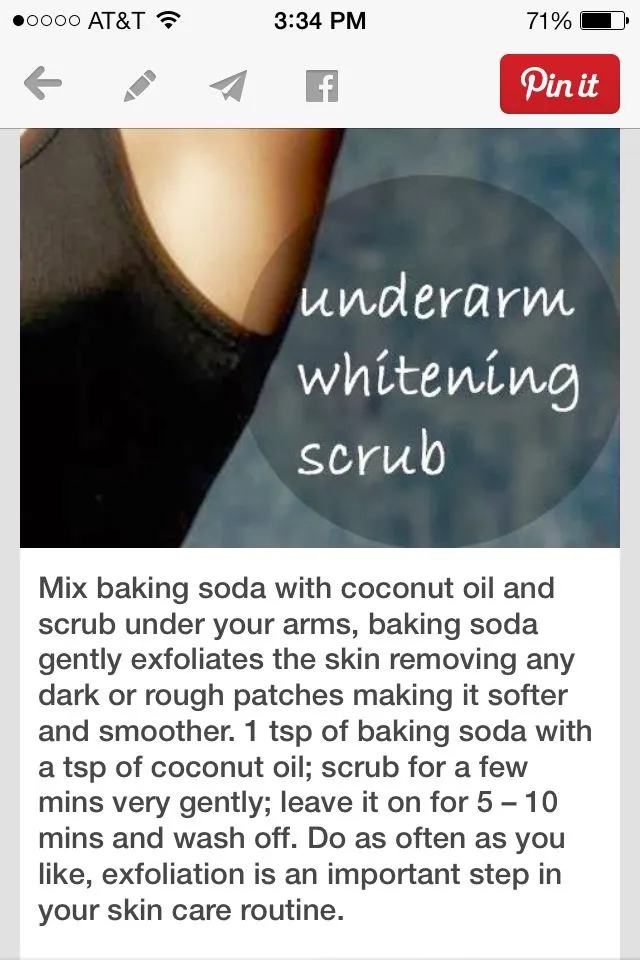
Baking soda, also known as sodium bicarbonate, is a versatile household ingredient with several properties that make it effective for underarm whitening. Its ability to exfoliate, balance pH levels, and potentially brighten the skin has made it a popular remedy for many skin-related concerns. However, it’s essential to understand how it works and the potential side effects before incorporating it into your skincare routine. Baking soda’s effectiveness is often attributed to its natural properties and ability to gently address various skin issues. When used correctly, it can contribute to healthier and more evenly toned skin, but it should be used with caution and awareness of its potential limitations and risks.
Baking Soda’s Exfoliating Properties
Baking soda acts as a gentle exfoliant, helping to remove dead skin cells that can contribute to dark underarms. By removing the top layer of skin, it can reveal the fresher, lighter skin underneath. The fine granules of baking soda can physically scrub away accumulated debris and impurities, promoting cell turnover and reducing the appearance of discoloration. Regular exfoliation can help prevent clogged pores and ingrown hairs, common culprits of hyperpigmentation. Unlike harsh chemical exfoliants, baking soda offers a more natural approach, though it’s essential to avoid over-exfoliation, which can lead to skin irritation and damage. Proper exfoliation can lead to improved skin texture and a more radiant appearance.
Baking Soda’s pH and Skin Brightening
Baking soda has a slightly alkaline pH, which can help balance the skin’s acidity. The skin’s natural pH is slightly acidic, and maintaining this balance is crucial for its health and appearance. By neutralizing excess acidity, baking soda can potentially reduce inflammation and create an environment that supports skin brightening. The alkaline nature of baking soda can also help to dissolve oils and impurities, further cleaning the skin and minimizing the appearance of dark spots. While the direct skin-brightening effects of baking soda are not as potent as some chemical treatments, its ability to balance pH and support exfoliation contributes to a clearer, more even skin tone.
How to Use Baking Soda for Underarm Whitening
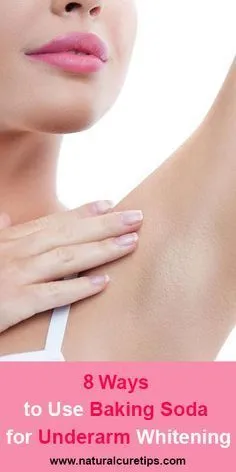
Using baking soda for underarm whitening involves a few simple methods that can be easily incorporated into your skincare routine. It is important to start slowly and carefully monitor your skin’s reaction to avoid irritation. The key is to use the right concentration and frequency to maximize benefits while minimizing risks. Consistency and patience are important, as noticeable results may take time. Always prioritize your skin’s health by adjusting the method to suit your skin’s sensitivity.
Baking Soda Paste Method
The baking soda paste method is one of the most common ways to use baking soda for underarm whitening. To make the paste, mix baking soda with water until you achieve a thick, spreadable consistency. Apply a thin layer of the paste to clean, dry underarms. Allow it to sit for a few minutes, and then rinse thoroughly with lukewarm water. Start with a short application time and gradually increase it as your skin tolerates it. Avoid rubbing the paste vigorously, as this can cause irritation. After rinsing, pat your underarms dry and apply a gentle moisturizer. This method combines exfoliation with the balancing properties of baking soda, helping to gradually lighten and brighten the underarm area. Regular use can help improve skin texture and reduce the appearance of discoloration.
Baking Soda Scrub Method
The baking soda scrub method offers a more intense exfoliation. Combine baking soda with a liquid, such as water or a gentle cleanser, to create a scrub. Gently massage the scrub onto your underarms using circular motions. This helps to remove dead skin cells and stimulate circulation, potentially promoting skin renewal. Rinse thoroughly with lukewarm water. Be cautious not to scrub too hard, as this can lead to irritation and damage. This method can be especially beneficial for those with thicker skin or those who want a deeper exfoliation. Apply a gentle moisturizer afterwards to keep the skin hydrated and protected. Using the scrub method once or twice a week can provide effective exfoliation.
Baking Soda and Other Ingredients
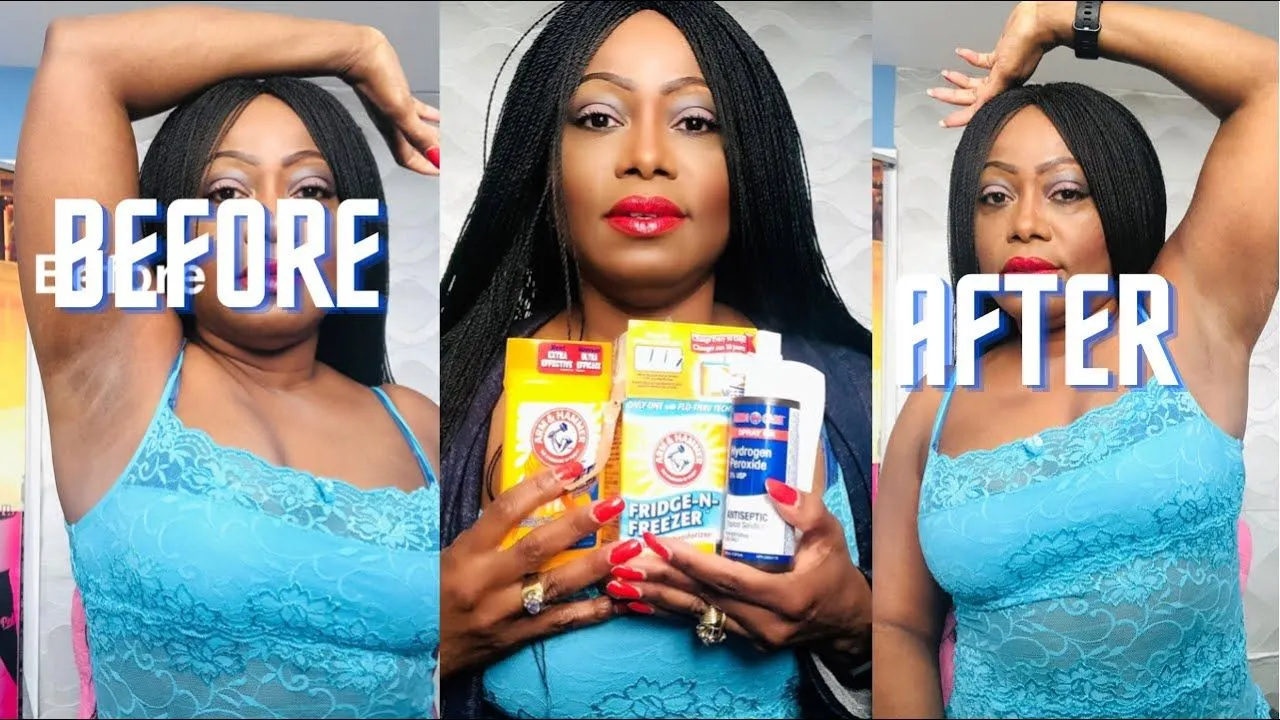
To enhance the whitening effects, baking soda can be combined with other ingredients known for their skin-brightening properties. Adding a small amount of lemon juice can boost the exfoliating action, but should be used with caution due to lemon’s acidity. Combining baking soda with honey can add moisturizing properties. Using baking soda with tea tree oil can help with its antibacterial and anti-inflammatory properties. When using these combinations, start with small quantities and test on a small area of skin to check for any adverse reactions. These combinations can create a more comprehensive treatment, combining the exfoliating power of baking soda with the benefits of other natural ingredients. It’s important to research these ingredient pairings to ensure they are safe and suitable for your skin type.
Precautions and Tips for Using Baking Soda
While baking soda can be effective for underarm whitening, it’s important to use it with caution and be aware of potential risks. Following the correct procedures and taking necessary precautions can help you maximize the benefits while minimizing the chances of adverse reactions. It is advisable to always prioritize your skin’s health and safety when incorporating new treatments into your routine.
Patch Testing
Before applying baking soda to your entire underarm area, perform a patch test. Apply a small amount of the paste or scrub to a small, inconspicuous area of your skin, such as behind your ear or on the inside of your elbow. Wait 24 hours to check for any signs of irritation, redness, itching, or rash. If no adverse reactions occur, it’s generally safe to proceed with using baking soda on your underarms. Patch testing is crucial, especially if you have sensitive skin or are prone to allergies. This helps to ensure that your skin tolerates baking soda well and minimizes the risk of unexpected reactions.
Frequency of Use
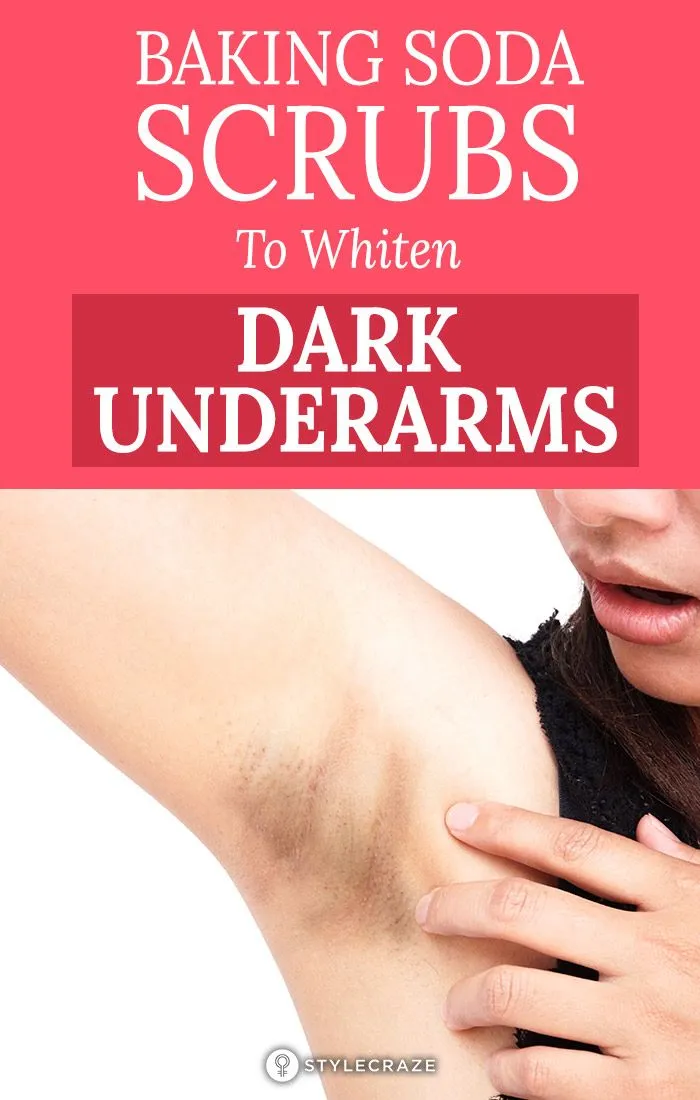
The frequency of baking soda use depends on your skin type and sensitivity. Start by using the paste or scrub once or twice a week. If your skin tolerates it well without irritation, you can gradually increase the frequency to a maximum of three times per week. Avoid using baking soda more frequently than recommended, as over-exfoliation can lead to skin damage, dryness, and irritation. It’s important to monitor your skin’s reaction and adjust the frequency as needed. If you experience any redness, burning, or discomfort, reduce the frequency or discontinue use. Listen to your skin, and give it the time it needs to recover and adjust.
Possible Side Effects and What to Do
Baking soda can cause side effects, including skin irritation, redness, dryness, and itching. If you experience any of these, discontinue use immediately. Apply a soothing moisturizer, such as aloe vera or a fragrance-free lotion, to help calm the skin. If the irritation persists or worsens, consult a dermatologist. Allergic reactions are rare but possible. If you experience swelling, hives, or difficulty breathing, seek immediate medical attention. Using baking soda excessively can disrupt the skin’s natural pH balance, leading to further issues. Always use it in moderation and listen to your body’s signals. Proper care and understanding of potential side effects can help you use baking soda safely and effectively.
Alternative Whitening Methods
If baking soda isn’t suitable for your skin, or if you’re looking for more effective solutions, several alternative methods can help whiten underarms. These alternatives range from natural remedies to professional treatments, providing a variety of options to address underarm discoloration. Understanding these alternatives can help you find the most suitable and effective approach for your skin type and preferences.
Natural Remedies
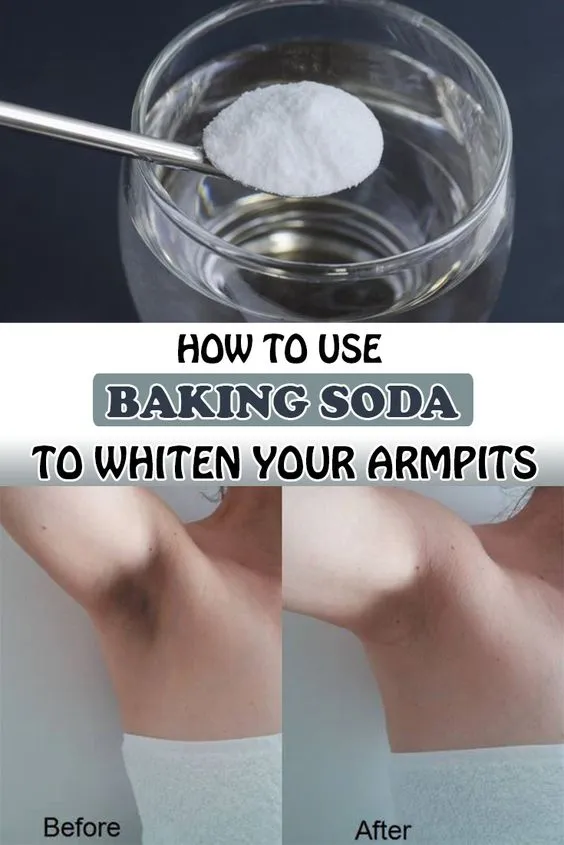
Several natural ingredients can help lighten underarms. Lemon juice has natural bleaching properties but should be used with caution due to its acidity; always dilute it with water. Aloe vera can soothe and hydrate the skin, promoting healing and reducing inflammation. Coconut oil can moisturize and nourish the skin, improving its overall health and appearance. Potato juice is also believed to have mild bleaching effects, and applying it can help lighten dark underarms. Always perform a patch test before applying any new natural remedies to your underarms. Using natural remedies in conjunction with a good hygiene routine can significantly improve underarm appearance and health. Combining different natural ingredients can provide comprehensive care.
Professional Treatments
If natural remedies are insufficient, professional treatments can provide more significant results. Chemical peels, performed by a dermatologist or esthetician, use chemical solutions to exfoliate the skin and reduce hyperpigmentation. Laser treatments target melanin to lighten dark spots and even out skin tone, providing long-lasting results. Microdermabrasion gently exfoliates the skin, improving its texture and reducing the appearance of discoloration. Prescription creams containing hydroquinone or retinoids can also be effective in lightening underarms. Consulting a dermatologist is recommended to determine the most appropriate treatment for your skin type and condition, ensuring safe and effective care. Professional treatments often provide faster and more noticeable results.
Conclusion
Baking soda can be a useful tool in your skincare routine for underarm whitening, but it’s essential to use it wisely and with caution. Understanding the causes of underarm discoloration and the properties of baking soda can help you create a personalized and effective skincare routine. Always perform a patch test, start slowly, and monitor your skin’s reaction. If you experience any irritation, stop using it and explore alternative treatments. Consistency, patience, and proper care are key to achieving brighter and more even-toned underarms. By combining baking soda with other effective skin care practices, you can confidently work towards achieving your desired results.
